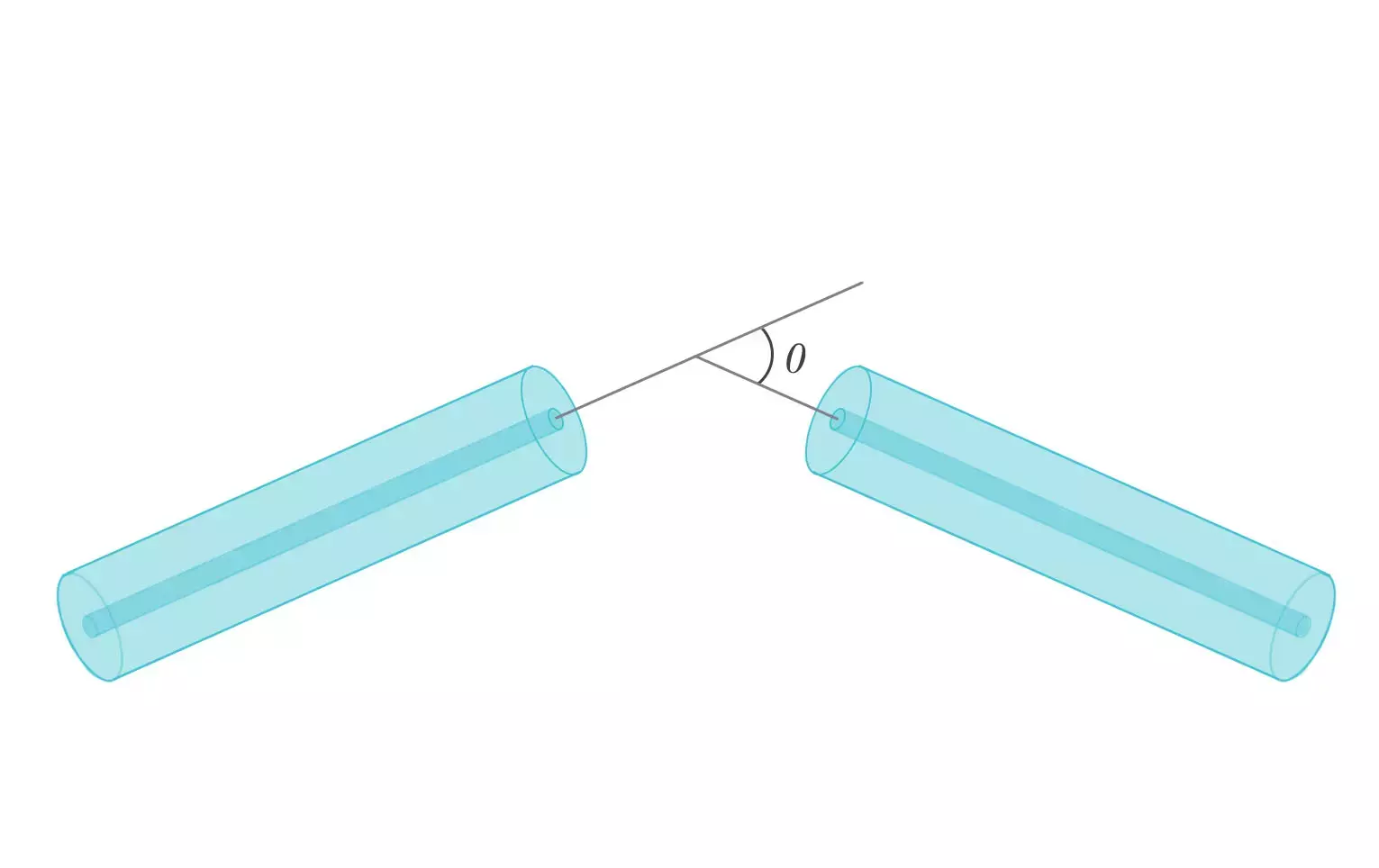Loss
Losses are essentially the discrepancy between the power launched into a system in comparison to that detected at the output. This term is sometimes used interchangeably with attenuation though, strictly-speaking, attenuation is only one of many loss mechanisms that a fiber or in fact any optical system can exhibit. Guidance is also a function of system condition, and bending the fiber will increase the losses, particularly if the operating wavelength is far above cut-off or the NA is low.
In trying to get light into and across the system there will always be some insertion loss because connecting components and optical paths are never perfect. These losses are typically a combination of attenuation, absorption and connector or splice loss. Here we summarize the main mechanisms of connector and splice loss:
Core offset loss
If the cores of the fibers are not aligned there will be some source of loss, as the light will not be effectively coupled across the join.

The loss caused primarily by this offset, joining fibers of the same type, may be estimated from the following equation:

For example if two fibers each have a concentricity of one micron and mode-field diameter of 5 microns (for example), then the loss is almost 1 dB.
Lateral offset loss
If the end faces of the fibers are not in contact there will be some loss across the join as the mode-field will expand in the gap and light at the edges will fall on the cladding and be lost.

Angular offset loss
If the fiber end faces are not oriented towards each other then light will miss the core of the collecting fiber by an amount related to the angle.

Connector loss
Also known as Butt-coupled loss. In a connector there are many sources of loss primarily concerned with misalignment, though these can be compounded if the mode-field differs significantly between fibers.
Related Terms: Absorption, Attenuation , Bend Induced Loss